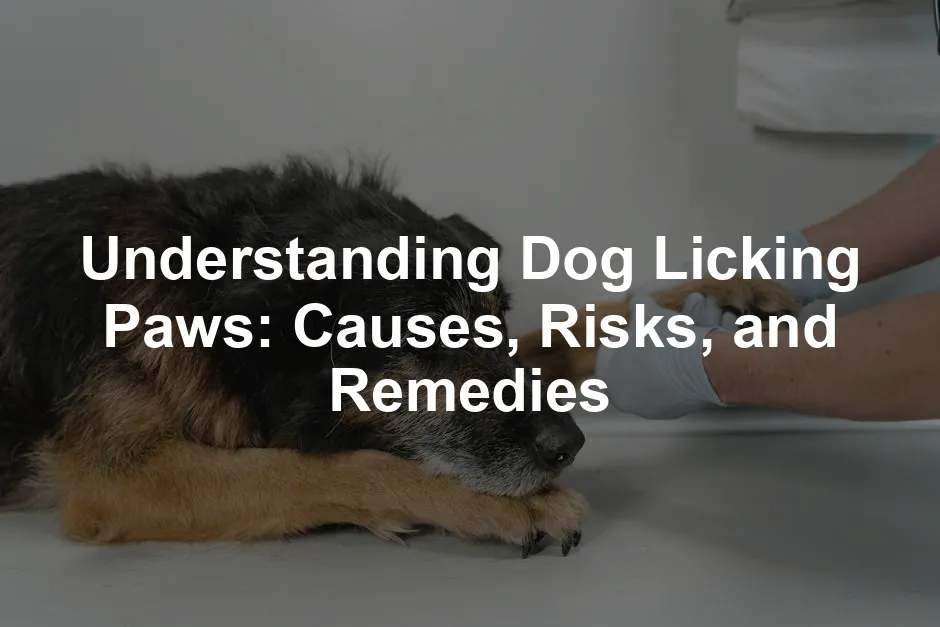Introduction
Have you ever caught your dog licking their paws? This behavior is common among our furry friends. Many dog owners notice this habit, and it can sometimes leave them puzzled. While a little licking is normal for grooming, excessive licking may signal underlying health issues. Understanding the reasons behind this behavior is crucial for your pet’s well-being.
Speaking of well-being, ensuring your dog has a comfortable place to rest can make all the difference. Check out the PetFusion Ultimate Dog Bed. It’s designed for maximum comfort and support, perfect for your pup to relax after a long day of paw licking!
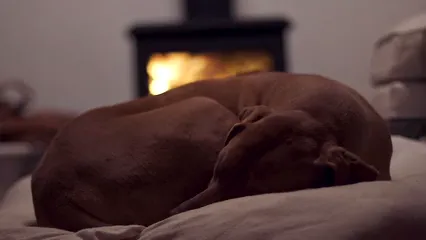
Summary and Overview
Monitoring your dog’s paw licking behavior is important. Occasional licking is usually harmless, but excessive licking can indicate problems. Common causes include allergies, injuries, infections, boredom, and anxiety. If left unchecked, excessive licking poses risks like infections or behavioral complications. Treatment options range from home remedies to veterinary consultations, especially if licking persists.
To help address allergies, consider the Zesty Paws Allergy Immune Supplement for Dogs. This supplement can support your dog’s immune system and mitigate allergy symptoms that might lead to excessive licking.
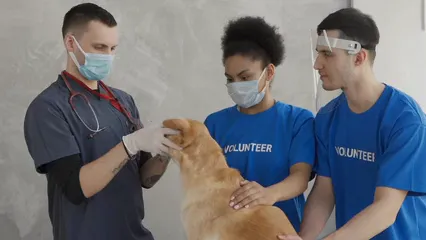
Common Causes of Dog Paw Licking
1. Self-Grooming Behavior
Licking is a natural self-grooming habit for dogs. They often lick their paws to clean them after walks or playtime. This behavior helps remove dirt and debris, and it’s typically harmless. However, if your dog licks excessively, it may indicate a different issue.
2. Allergies
Allergies are a common cause of paw licking. Dogs can have food allergies, environmental allergies, or flea allergies. If you want to learn more about recognizing and treating these allergies, check out this article on how to recognize and treat common skin allergies in dogs.
– Food Allergies
Certain ingredients in dog food can trigger allergic reactions, leading to itchy paws. Symptoms often include redness and swelling. If you’re looking for a high-quality dog food that’s formulated for health, check out Blue Buffalo Life Protection Formula Dog Food.
– Environmental Allergies
Pollen, dust, and mold can cause itching as well. Dogs may lick their paws to soothe the irritation.
– Flea Allergies
Flea bites can lead to severe itching. Dogs allergic to fleas may lick their paws excessively as a response.
If you suspect allergies, consult your veterinarian for proper diagnosis and treatment options.

3. Injuries and Pain
Dogs may lick their paws due to injuries or pain. Common injuries include cuts, stings, or foreign objects lodged between the pads. If your dog licks suddenly and focuses on a specific paw, check for signs of injury. Look for cuts, torn nails, or anything unusual.
Also, consider that chronic pain can lead to excessive licking. Conditions like arthritis can cause discomfort. When your dog feels pain, licking may become a coping mechanism. If you notice persistent licking, it’s wise to consult a veterinarian for a thorough examination. They can provide the right treatment to keep your dog comfortable.
4. Behavioral Issues
Boredom is a significant factor in paw licking. Dogs, especially active breeds, need mental stimulation. If they lack enough exercise or engaging activities, they may resort to compulsive licking. Offering interactive toys like the Outward Hound Hide-A-Squirrel Puzzle Toy can help reduce this behavior.
Anxiety can also lead to excessive licking. Changes in routine, loud noises, or separation from their owner can cause stress. Dogs may lick as a way to self-soothe. If you suspect anxiety, consider consulting a veterinarian or animal behaviorist. They can recommend strategies to ease your dog’s stress.
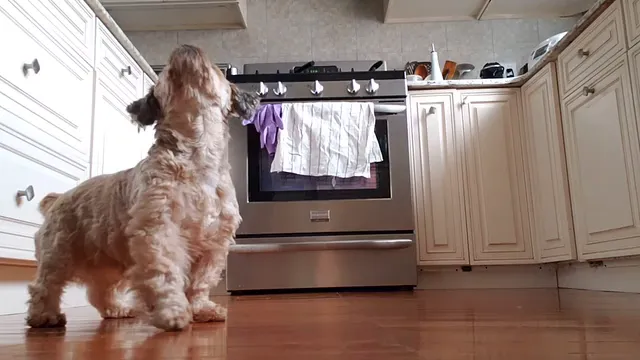
5. Infections
Excessive licking can lead to infections, both bacterial and yeast. When a dog licks its paws frequently, it creates a moist environment, perfect for germs to thrive. Look out for signs of infection, such as redness, swelling, or discharge from the paws. These symptoms often indicate that your dog needs veterinary attention.
If you notice any of these signs, it’s crucial to act quickly. Infections can cause discomfort and worsen the licking. Your veterinarian can recommend the appropriate treatment, including medicated shampoos or antibiotics, to help your dog heal.
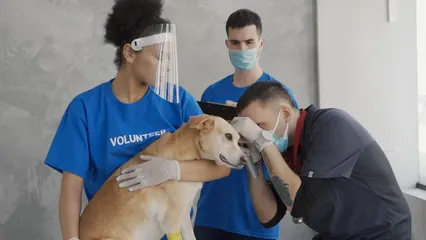
Risks of Excessive Paw Licking
1. Development of Lick Granulomas
Lick granulomas are a serious risk of excessive licking. This condition occurs when a dog licks a specific area repeatedly, creating an open sore. These sores can become inflamed and painful. They require veterinary care to treat effectively.
Addressing the underlying cause is essential to prevent this condition from worsening. If your dog develops lick granulomas, immediate action is necessary to relieve discomfort and promote healing.
2. Secondary Infections
Excessive licking can lead to bacterial or yeast infections. Moisture buildup between the paw pads creates an ideal environment for these infections to flourish. Symptoms include swelling, redness, and unpleasant odors.
If you notice these signs, consult your veterinarian. They can provide medications to treat infections and recommend strategies to reduce licking behavior.
3. Behavioral Complications
Excessive paw licking can evolve into a compulsive behavior. This can lead to further anxiety and stress for your dog. Behavioral interventions may be necessary to break this cycle.
Providing mental stimulation and reducing stress can help. Engaging your dog with toys, training, and regular exercise can redirect their focus. If compulsive behavior persists, consider seeking help from a professional dog trainer or behaviorist.

How to Address and Treat Paw Licking
1. Home Remedies and Initial Steps
Regularly inspecting your dog’s paws is essential. This practice helps catch any issues early. Look for cuts, swelling, or redness. After walks, clean your dog’s paws with a damp cloth. This removes dirt and allergens that may cause irritation.
Consider applying soothing balms to keep their paws moisturized. Products with natural ingredients can help ease discomfort. A great option is Dog Paw Balm for Dry Cracked Paws, which can provide much-needed relief.

2. Veterinary Consultation
If your dog licks excessively, it’s time to visit the vet. Consult a veterinarian if you see signs of injury or infection. During the visit, your vet will perform a thorough examination. They may conduct diagnostic tests to identify underlying issues. Tests can include skin scrapings or allergy tests.
Understanding the root cause is critical for effective treatment. If your dog has an injury, swift action can prevent further complications. Veterinary consultation is key to maintaining your pet’s health.
3. Treatment Options
Once a diagnosis is made, treatment options will vary based on the issue. If your dog has inflammation, anti-inflammatory medications may be prescribed. Antibiotics can treat bacterial infections, while antifungals can address yeast infections.
In some cases, dietary changes are necessary. A hypoallergenic diet can help if food allergies are suspected. For more information on understanding and managing dog food allergies, refer to this resource on understanding and managing dog food allergies.
Behavioral modifications can also be effective. Engage your dog with interactive toys to reduce boredom. Regular exercise and training can alleviate anxiety. Incorporating these strategies can help break the cycle of licking.
Taking these steps will ensure your furry friend remains happy and healthy. Stay proactive in monitoring their behavior for better outcomes.
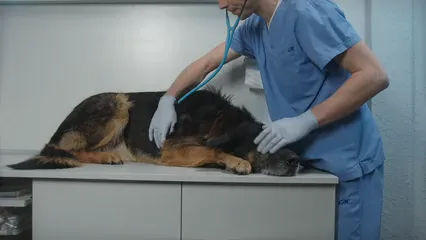
Preventive Measures
1. Regular Grooming and Care
Keeping your dog’s paws clean is essential. Regular grooming helps reduce allergens and dirt. When you brush your dog, pay attention to their paws. This practice prevents buildup that can lead to itching. Also, consider trimming the hair between their pads. This can keep their paws cleaner and more comfortable.
Bathing your dog occasionally can help as well. Use a gentle pet shampoo to wash their paws after walks. This way, you can remove potential irritants like pollen and dirt. Remember, clean paws lead to a happier, healthier pup!
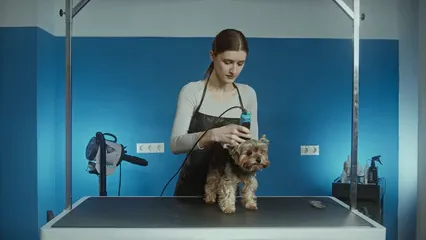
2. Environmental Management
Managing your dog’s environment is key to minimizing allergy exposure. After walks, wipe down their paws with a damp cloth. This simple step removes allergens they may have picked up. It’s especially helpful during allergy seasons when pollen is high.
Creating a clean living space also matters. Vacuum regularly to remove dust and pet dander. If your dog spends time outdoors, consider limiting their exposure to high-allergen areas. Keeping them away from tall grasses or heavily wooded areas can help reduce irritation.
3. Routine Veterinary Check-ups
Regular veterinary visits are vital for your dog’s health. Annual check-ups allow your vet to spot potential issues early. They can check for signs of allergies, infections, or other concerns. If your dog has a history of paw licking, mention it during the visit.
Your veterinarian can provide tailored advice based on your dog’s specific needs. They may suggest preventive measures or treatments to keep your furry friend healthy. Investing in your pet’s health now can prevent bigger issues down the road.
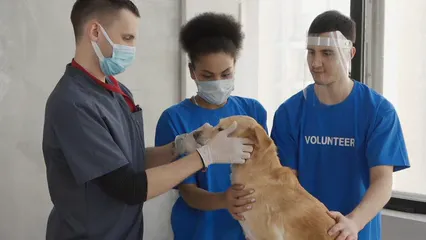
Conclusion
Understanding why dogs lick their paws is important for their well-being. While occasional licking is normal, persistent or excessive licking can signal health issues. Pay attention to your dog’s behavior and take action if needed. By being proactive with grooming, environmental management, and regular vet visits, you can help ensure your dog remains healthy and comfortable. Your attention to their needs can make a significant difference in their quality of life.
FAQs
Why does my dog lick his paws excessively?
Excessive paw licking can stem from several issues. Allergies are among the most common causes, whether from food, environmental factors, or flea bites. If your dog has itchy paws, they may lick to relieve discomfort. Injuries also play a role; cuts, stings, or foreign objects can make your dog focus on a specific paw. Additionally, behavioral issues like boredom or anxiety can lead to compulsive licking. If your dog’s licking seems out of control, a vet visit is wise to identify the root cause.
When should I see a vet for my dog’s paw licking?
You should consult a veterinarian if your dog shows signs of distress. Look for symptoms like swelling, bleeding, or pus, which indicate a possible infection. If your dog is limping or unwilling to put weight on a paw, that’s another red flag. Persistent licking that doesn’t improve with home care also warrants professional attention. Early intervention can help prevent more severe health issues.
Can I use coconut oil on my dog’s paws?
Yes, coconut oil can be beneficial for your dog’s paws. It helps soothe dry or irritated skin and provides moisture. To apply, take a small amount and gently massage it into your dog’s paws, focusing on the pads and between the toes. Ensure your dog doesn’t lick it off immediately. While coconut oil can aid in comfort, it shouldn’t replace proper veterinary treatment for underlying issues.
What are lick granulomas, and how can they be treated?
Lick granulomas are inflamed sores caused by excessive licking. They often develop on the wrists or paws and can become serious. Treatment typically involves addressing the root cause, like allergies or anxiety. Your veterinarian may recommend medications to reduce itching and inflammation. In some cases, behavior modification techniques may help break the licking habit, while topical treatments can soothe existing sores.
How can I prevent my dog from licking his paws?
To prevent paw licking, regular grooming is key. Clean your dog’s paws after walks to remove irritants. Maintain a clean living environment to reduce allergens. Additionally, provide mental stimulation through toys, puzzles, and regular exercise. If your dog experiences anxiety, consider calming aids or training to ease their stress. Monitoring and addressing any underlying health issues can also help keep your dog comfortable and licking-free.
Please let us know what you think about our content by leaving a comment down below!
Thank you for reading till here 🙂
All images from Pexels

